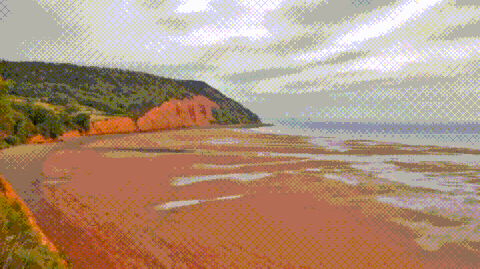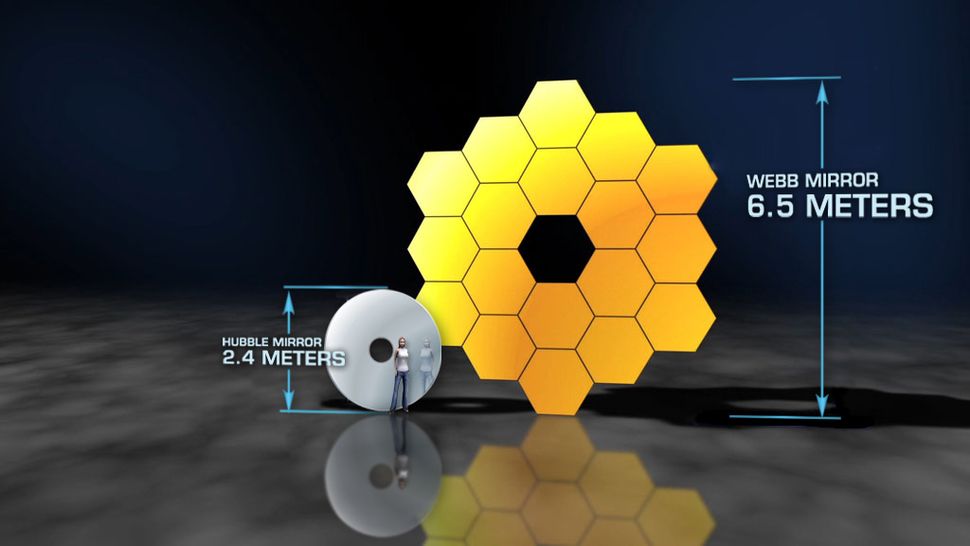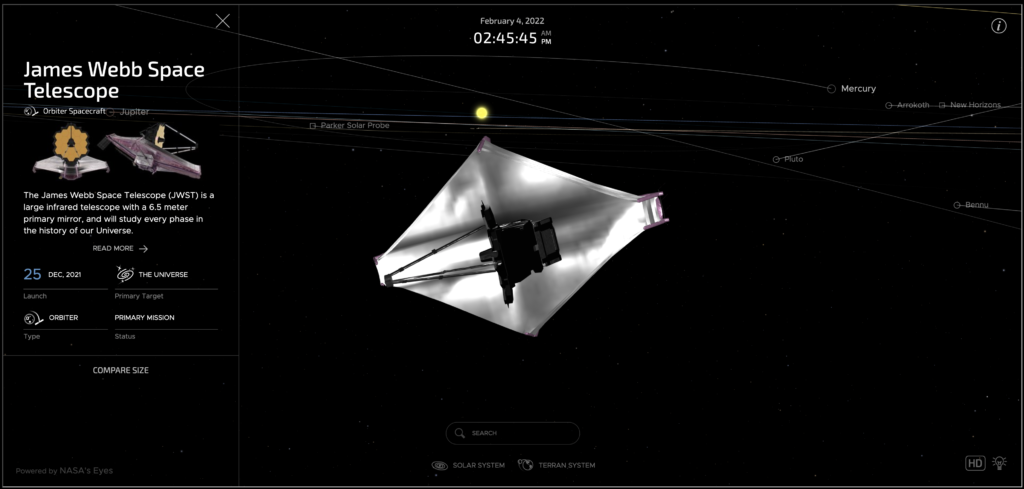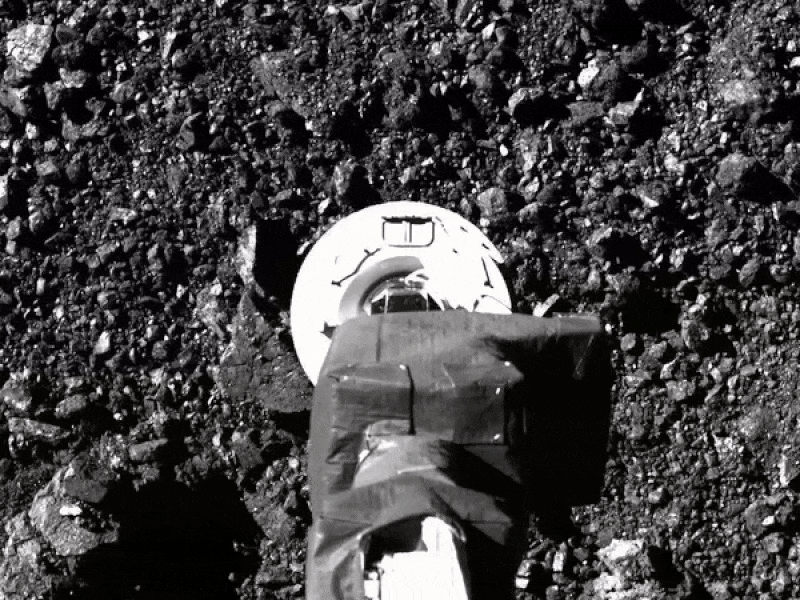Jupiter’s moon Io has long been famous for its sky-splitting volcanic eruptions, powered by Jupiter’s tidal gravity. But strange ridge-like features in regions adjacent to the volcanoes have raised questions since their discovery — What are they? How are they formed? Are they somehow related to the volcanoes? A recent study has argued that, even under Io’s whisper-thin atmosphere, these ridges are probably vast dune fields. This new discovery adds yet another world to our growing trove of worlds where aeolian processes operate.

You may not know it, but every time you sweep your floor, you’re conducting an experiment in planet formation. The growth of dust bunnies under your broom resembles in some ways the processes of agglomeration that took place in the early Solar System and eventually produced the planets. By studying ongoing planet formation in other solar systems, we can probe the murky origins of our own Solar System. Insights from a Enlightenment-era German philosopher and World War II mathematicians, bolstered by newly bloomed mechanical desert flora, are uncovering the chaos that pervaded our Solar System’s beginnings.
Continue Reading
The tidal bore in the Bay of Fundy carries billions of tons of water up the estuary at 15 km per hour, illustrating the immense power of tides. But tidal interactions in planetary systems can do more than produce killer rafting: the Earth’s tidal grip has shaped the Moon’s rotation and orbit over billions of years. But tides also power volcanoes on Jupiter’s moon Io so potent they can be seen across the Solar System and may even be the key to life in the icy moon Europa.
Continue ReadingWhite dwarf stars have been a mystery since they were first discovered. Extraordinarily hot and compact, the engima of white dwarfs was unraveled largely through the herculean efforts of the Harvard computers. Astronomers now know white dwarfs are the final stage of a violent aging process for Sun-like stars. And though astronomers originally expected such violence would spell doom for any planets in orbit, mounting discoveries show that some planets at least can survive this cataclysmic descent into stellar senescence. Whether any life survives on those planets is another matter.
Continue ReadingEvading the celestial police, one Italian monk ushered in the golden age of asteroidal discovery. Once thought the remnants of a long-lost planet, asteroids are now known to have been the ingredients in the cosmic confectionaries we call planets. Though their shadows have revealed a variety of asteroids, scientists will soon get their hands on fragments of these faraway finds.
Continue Reading
Contrary to popular opinion, there are NOT 525,600 minutes in a year. That’s because the Earth takes more than 365 days to circle the Sun and come back to the same place (although defining “the same place” is non-trivial). Modern calendar systems assume 365.2422 days in a year, which works out to 525,948.768 minutes — it doesn’t quite roll off the tongue the same way, but it does give you almost 349 more seasons of love.
But that’s just for Earth. If you lived on one of the most recently discovered exoplanets, you would have fewer than a thousand love seasons. That’s because this planet, the ultra-hot Jupiter TOI-2109 b, circles its star once every 16 hours. But the fate of TOI-2109 b-ian lovers is sealed not just by their short seasons but because their planet is doomed, a sad destiny foretold by a French physicist who saw his own world rent to pieces.
Continue ReadingFrom our friends at The Idaho Statesman:


